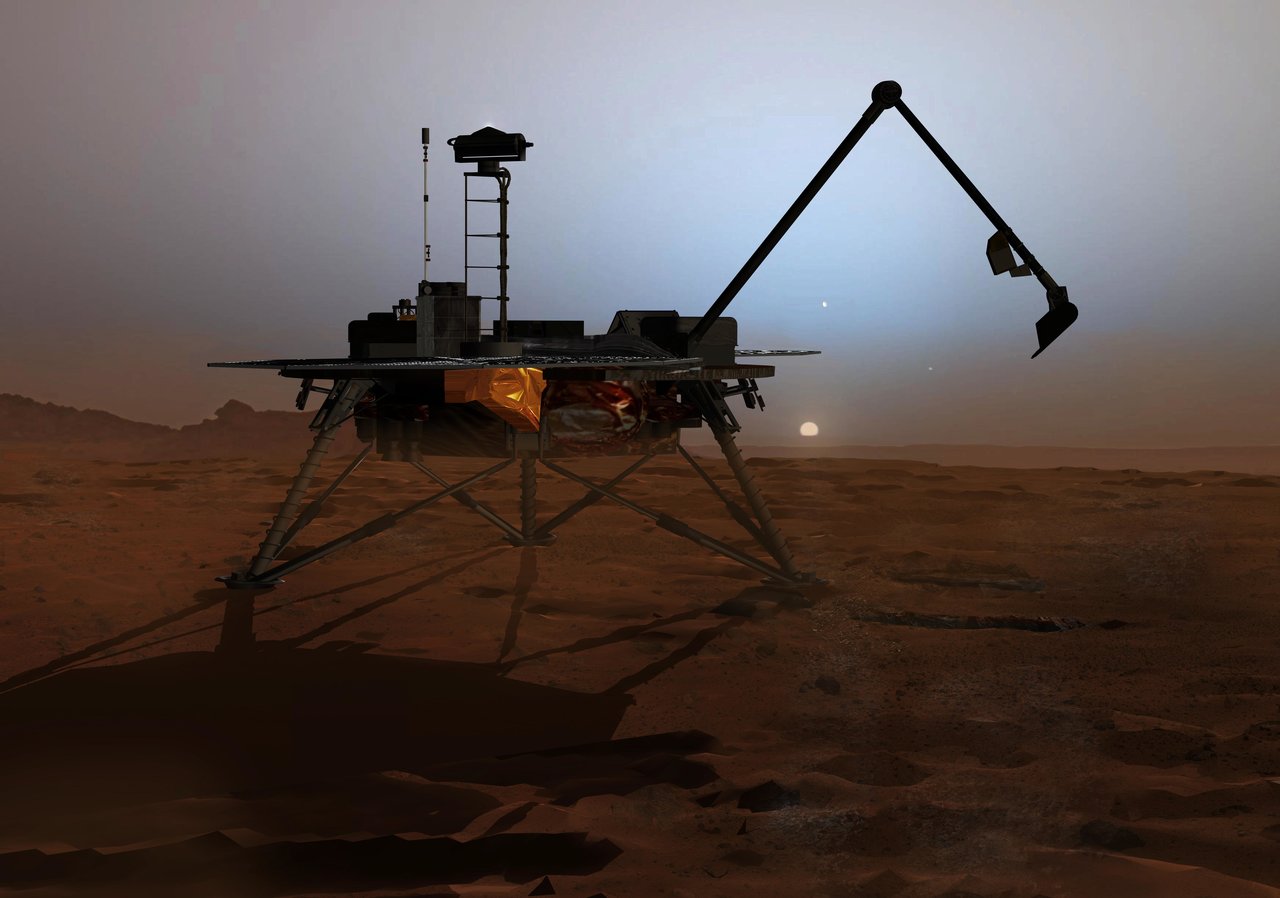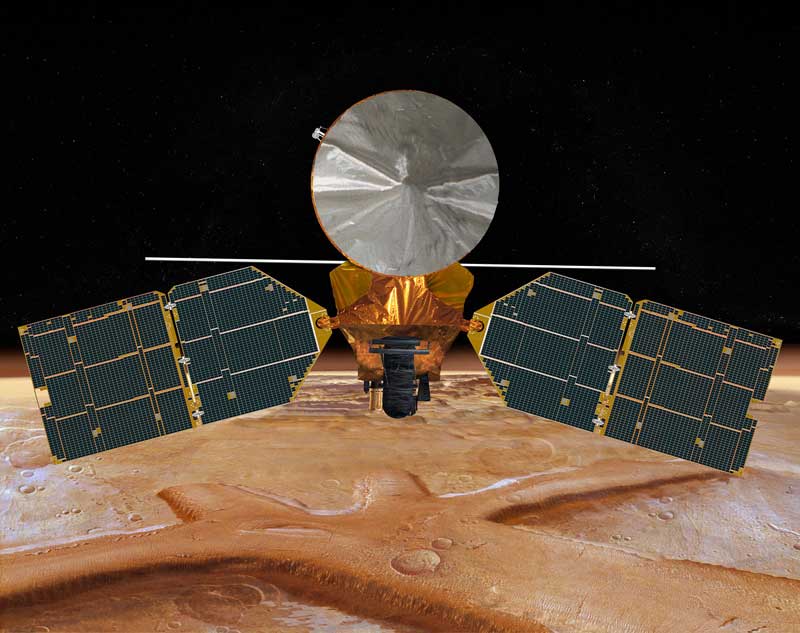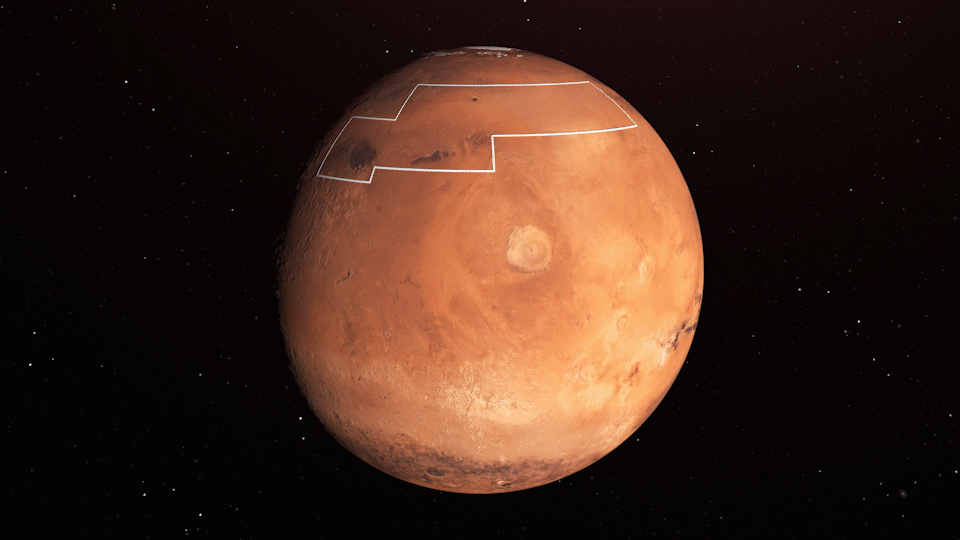
Landing on Mars: Where’s the Water?
For decades astronomers, astronauts, cosmologists, and so many more individuals have dreamed about the possibility of one-day putting humankind on Mars just as we did on the Moon back in 1969. While progress has been slow, a new paper published in Geophysical Research Letters may provide the location of the best place to land on the tempting red wonder.

The data gathered by the MRO was instrumental in mapping ice water on Mars. Image via NASA (https://www.jpl.nasa.gov/news/news.php?feature=1169)
Although there are no current timeframes for sending a crewed mission to Mars, the United States government have directed NASA to establish the date of the next crewed mission to the Moon; 2024. This expedition would not only be used for further astronomic research but would also act as a springboard for a crewed mission to Mars.
Critical to the Mars mission, however, is water. Due to the low air pressure, liquid water rapidly evaporates into a gas when exposed to Mars’ atmosphere. However, the Phoenix lander and images of meteor impacts have revealed underground stores of water ice on the red planet. Given how little room there is to spare aboard a spacecraft, crews will need to access a source of water for rocket fuel and drinking water as a priority upon landing. So NASA has been working to identify reserves of ice that could be easily harvested in-situ by a crewed mission.
Using heat-sensitive instruments on the Mars Reconnaissance Orbiter (MRO), and Mars Odyssey orbiter researchers discovered and mapped locations of water ice that would be easily accessible and within nearby reach of the human crew. By cross-referencing surface temperatures indicative of ice with known areas of ice on Mars researchers were able to narrow down possible landing sites to a region called Arcadia Planitia, in the northern hemisphere where the ice is estimated to be at a depth of 30cm.
Lead author Sylvian Piqueux of NASA’s Jet Propulsion Laboratory is particularly excited about the discovery, claiming that “you wouldn’t need a backhoe to dig up this ice. You could use a shovel,”.
Future research plans include studying locations of ice for seasonal variations and changes to the ice quantities over time. Initial planning discussions have already begun for the next mission to the Moon in five years.
So if all goes to plan, humankind may land on Mars within the next decade (or two). Don’t tell Mark Watney!
Banner image: Mars Phoenix via NASA




